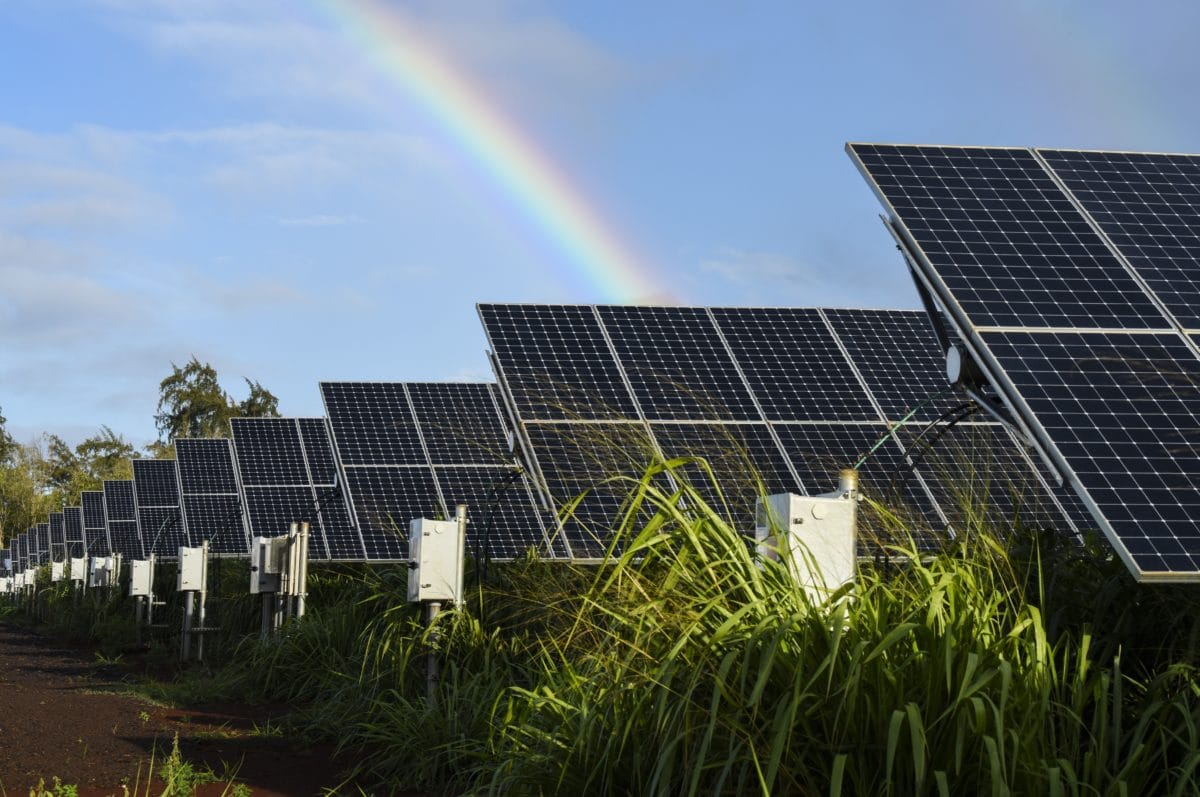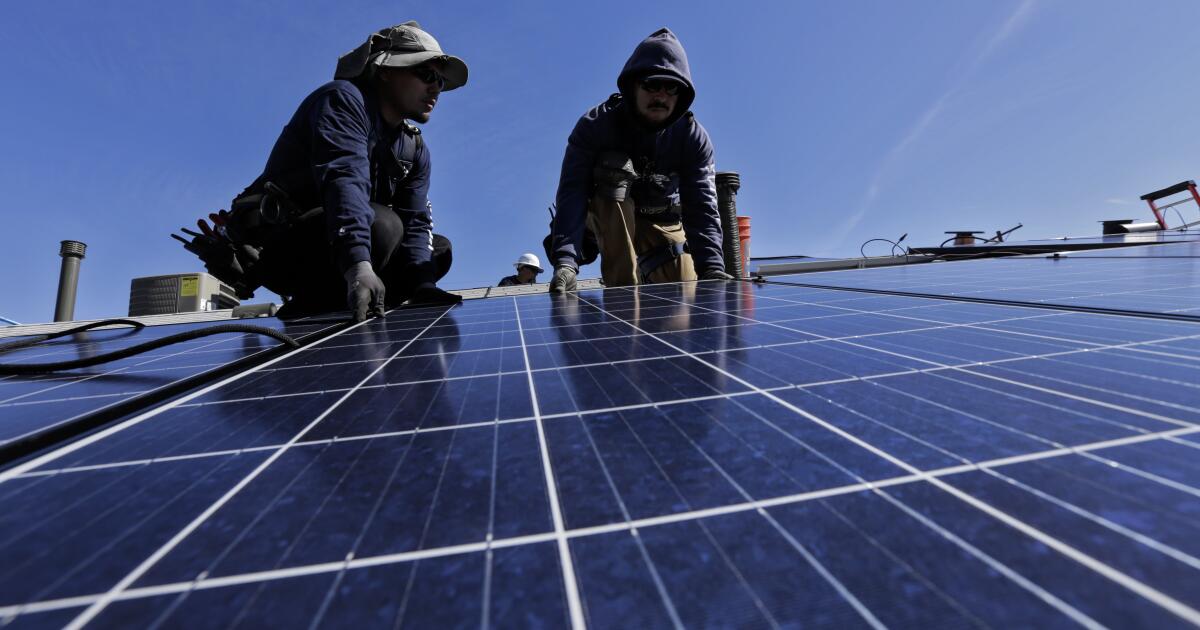Today, NEM customers are credited the retail rate for each kWh they export to the grid. When they are net exporters, customers are able to carry forward (“bank”) credits to offset any future grid consumption nettable charges until their annual true-up. Customers are “trued-up” annually on their interconnection anniversary, and any net exported kWh for the year is paid out at the Net Surplus Compensation (NSC) rate as a cash payment.
In general, this arrangement allows customers to use their bank of credits to offset nettable charges from consumption at a later date, creating a mismatch of both costs. For example, customers who over-generate and are net exporters in March and April, when generation costs are relatively low, are able to carry those credits forward and potentially offset consumption in August and September, when the cost of energy is relatively high. Additionally, many NEM customers today do not receive appropriate price signals. Those NEM customers who take service on a TOU rate can use their generation from the middle of the day (typically an off-peak or mid-peak time period) and offset their consumption in the high-cost evening hours, when the sun is not shining and solar customers are not generating energy.
In this proceeding, the Joint IOUs propose the following for residential and non-residential customer groups:
- DG-ST customers will pay the retail rate for all delivered energy;
- For each billing cycle (usually monthly), a customer’s exported energy will be priced at the applicable ECR depending on TOU period, up to the amount that is delivered to the customer in that same TOU period;
- Any remaining exported energy not subject to the export compensation rates will be paid at the monthly NSC rate, like how current NEM customers are compensated at the end of their relevant period;
- No energy credits will be banked and carried forward from prior billing cycles.
The Joint IOUs propose a net billing structure, where all energy delivered to the customer on meter Channel 1/Channel A is billed at the retail rate, and all energy exported to the grid on meter Channel 2/Channel B is compensated at the ECR discussed in Section II.B.4. above. This design—where customers cannot be compensated for kWh beyond what they receive from the grid—is necessary to ensure that customers do not receive an inappropriate incentive to oversize their systems, which would occur if the Commission were to adopt an arrangement where customers are compensated for unlimited exports.
Under the Joint IOU proposal, customers will be credited for every kWh exported to the grid, up to the amount of kWh they import from the grid. This feature would encourage storage, as customers would have an incentive to consume their generation onsite. Because the IOUs are proposing export compensation that is TOE differentiated, customers will only be allowed to offset within each TOU period. In other words, customers will not be able to offset kWh produced and exported during low-cost hours (during the mid-day off- or mid-peak hours) against grid consumption during high-cost on-peak hours. This will providebetter price signals than allowing customers to use over-generation during the day when wholesale market prices are low and the IOUs are forced to curtail utility-scale solar generation, to offset their consumption in the evening hours. Under the Joint IOU proposal, customers cannot carry over export credits from one month to the next month. Currently, at a customer’s annual true-up, the IOU adds up the net of each month’s kWh. If the customer has net negative kWh (is a net exporter), then those negative kWh are compensated at the NSC rate. This means that significant generation and exports in the spring months can provide customers with bill credits that can be used in summer when customers are pulling a greater share of their energy from the grid and costs are higher.
The current annual true-up cycle is not an effective policy tool and its removal would ensure that credits meant for renewable energy are not being used for grid energy that contains a mix of renewable and fossil fuel sources. Customer export compensation would be aligned with billing cycles, allowing customers to more accurately track their system’s production and impact on bills. As described further in Section VI.A., this approach should also enhance consumer protection measures consistent with the Commission’s Guiding Principles. Changing the true-up period from an annual period to a monthly period will also reduce unexpectedly high bills that some NEM customers face at the end of their annual true-up period that can surprise and challenge customers financially.

 www.northbaybusinessjournal.com
www.northbaybusinessjournal.com




